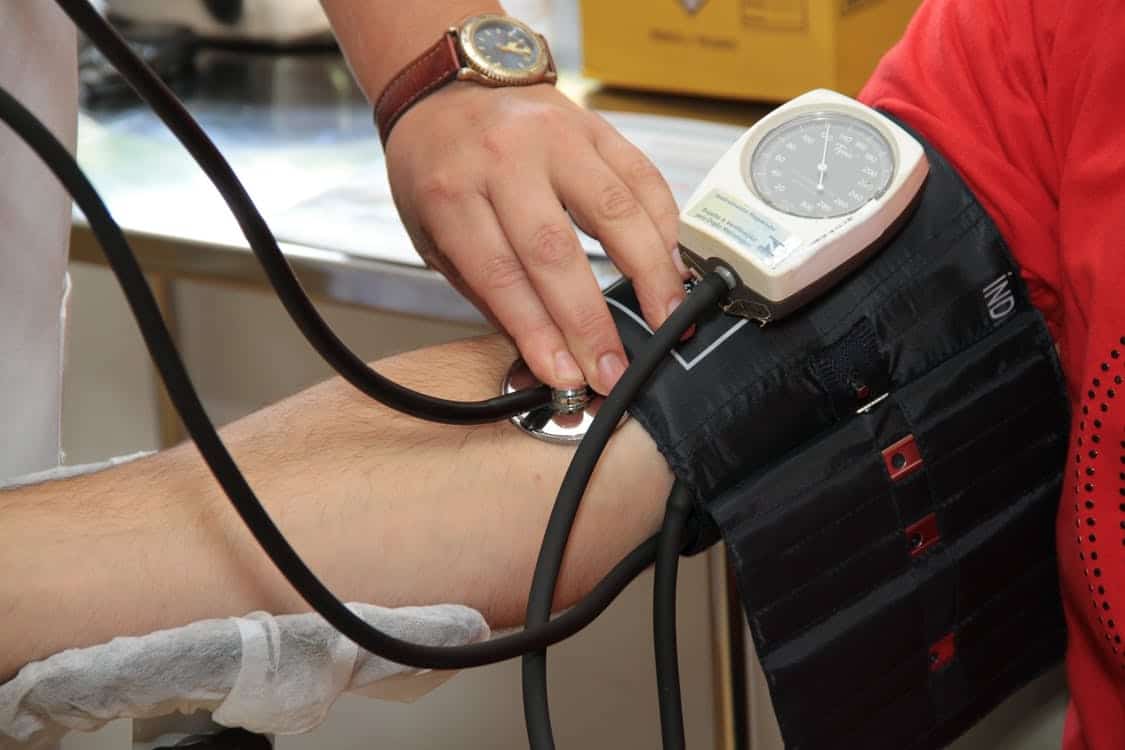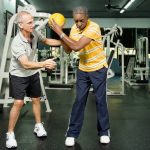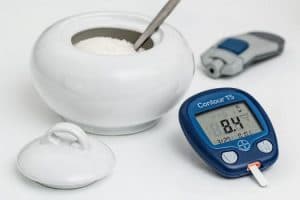You’re probably thinking I was trying to get a bunch of keywords into the title so Google will spot me. You’re probably thinking, how in the hell is he going to link three disparate health and fitness issues into one coalesced blog post?
And you’re probably thinking I’ve been drinking.
But you must read this to see how it all makes sense that jocks, sedentary folks who don’t look predisposed to disease and a public healthcare system are all part of the same story of health in the modern era.
Let’s start with this news story in the New York Times by that great health and fitness writer, Gretchen Reynolds. Over the past several years, as more distance runners and cyclists from the early aerobics-fad period achieve middle and old age, studies have alluded to cardiac effects that sometimes, in some interpretations, don’t bode well. Many studies have suggested that old runners’ hearts are scarred up from excessive exercise habits, as I’ve written about in the past. The headlines of these in the lay literature, like newspapers, are enough to scare folks away from getting too fit.
But the fallacies of these claims have also been made clear as I’ve written before. That is, to take one simple example based on a lecture at the 2017 American College of Sports Medicine (ACSM) annual meeting in Denver, more fit people, even if they do have a cardiac event such as during a marathon, tend to survive the event with less overall damage both to the heart and to their overall quality of life. The obvious example is that of the heart attack victim at a marathon, someone clearly fit enough to train and then run and even race a full 26.2 mile event, who drops ‘dead’ at the finish line where medical supervision is plentiful. What better place to have a heart attack, right?
Of course, many do not survive these events and most have been explained in post-mortem autopsies quite readily: these folks have often had several undetected or unaccepted cardiac events that weakened their hearts such that the strain and stress of the actual race was too much for their already-sick hearts to tolerate.
The underlying cause, pre-existing or hereditary heart conditions, had deferred consequences only to be displayed during the marathon itself. Had it not been for their training and competing, their hearts likely would have given out sooner.
Such it is that Reynolds’ discussion of a recent study that showed athletes’ hearts may indeed be damaged, scarred from all that hard working out. As she writes, two “studies find that endurance athletes, especially men, who spend years training and competing show a surprisingly high incidence of plaques in their arteries, which can be a hallmark of cardiovascular disease.”
She goes on to add that the coronary arteries of these athletes are laden with plaques that are “hardened” and “calcified”, not the ideal by any means, but are less likely to rupture than the plaques of unfit people which are fattier and gooier. Reynolds writes, “the more active someone was, the more likely that his (and in rare instances, her) plaques were calcified and dense. Less-active people had fattier, more-problematic plaques.”
What all this suggests is that you can’t outrun or out-bike your genetic or innate cardiovascular condition by engaging in hard, long-duration exercise habits. But you might be able to change the structure of that condition to one that is less precipitous, less dangerous, by getting real fit.
That all said, how does this relate to the lean obese? Well, it turns out that the medical field is starting to take seriously the fact that some folks who look lean according to the BMI charts, that is, who have BMIs of 18.5-24.9, are actually overfat and therefore under-muscled. This is something we’ve known in the fitness world for eons. Your elite running back or defensive back (not linemen) are so lean and so muscled that, relative to their heights, they have BMIs that rank them as overweight (25-29.9) or even obese (30-34.9).
A recent study out of Germany noted that these lean obese are metabolically unhealthy and are up to three times as likely to have metabolic syndrome in their futures. Specifically, “in lean subjects the problem of storing fat in the leg may be a crucial factor placing lean people at increased risk of cardiometabolic diseases.”
In other words, fat-infiltrated leg muscles, which are associated with sedentary, unfit people, places you in the higher-risk category even if your BMI does not!
So can you see the linkage here yet? Both these articles reflect the enhanced benefits one gets from being fit, in particular aerobically fit and, by association, lower in body fat when it comes to heart and metabolic health.
But how does this all relate to public health? Well, it turns out that North Yorkshire, England hospitals are placing some draconian limits on elective surgeries in those who are obese and who smoke. A single-payer system similar to other European systems is cracking under the weight of a growing population of older, sicker and heavier people than it was prepared for.
Now this may allow me to go deeper into a discussion like the one I had with the conservative client who sent the article about single-payer systems vs Obamacare, etc. But I do not wish to get overly political here. Suffice it to say that the old system, pre-ACA, and the new one offered by the GOP, and anything in between may not work here or anywhere so long as human beings are, well, human. How to pay for the health care of a growing population that does not take care of its own health responsibly is the bane of modern society.
But what we are learning in medical and sports science is, as the articles referenced in greater detail above show, getting fit, being fit, and staying fit reduce your genetic risks for diseases most often related to lifestyle choices.
There may be a magic formula and magic set of numbers one can strive for and achieve that confer both disease-freedom and longevity, but I doubt it. I believe we’re all going to die and so far no one has disproven that with any diet or exercise program I’ve read.
But our healthcare system is buckling, and our belt lines are expanding, and that may require draconian restrictions and rationing that modern societies are not willing or able to put up with. As such, let’s all put a line in the sand, at least for ourselves, and shut off the computer, stand up, walk around and maybe even jog around, for your own health and the health and welfare of all of us.
Thanks.
p.s. How’d I do in pulling these things together?
















